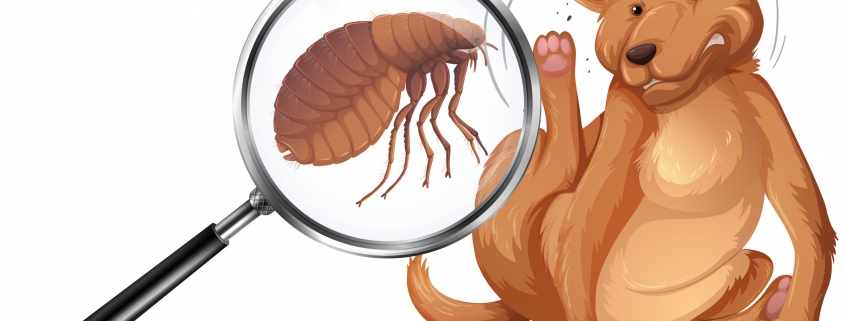By MICHELLE SEROCKI
Breed Specific Legislation. Breed Discriminatory Legislation. BSL or BDL for short. Many of you may have heard these buzzwords or abbreviations at some point, especially in the last several years, as the topic has become a hot one. So, what exactly is Breed Specific Legislation and why is it important for all of us to understand it?
BSL is a law that is passed to ban or place strict limitations on certain breeds of dogs that have been deemed dangerous. Originally, the purpose of these laws was to protect the community. Sounds like a great idea by that simple definition, doesn’t it? However, BSL has a whole host of problems that start as early as the motivation for the law and can extend all the way through the law being enforced.
Unfortunately, laws applying to only one breed don’t protect the community from dangerous dogs as they come in all shapes and sizes. These dogs may be genetically deformed or the product of environments where there has been neglect, lack of socialization, and/or lack of medical care. Any dog can be dangerous as a result of these or several other reasons as well.
Most often, BSL is a knee-jerk reaction to fear. A serious dog bite will occur, the media may become involved, and suddenly legislation needs to be passed. Other times, people with deep-rooted fear and dislike for certain breeds work tirelessly to scare more and more people into believing that BSL will protect them. Throughout the past 20 years, the dogs that are typically targeted for BSL are those referred to as Pit Bull-type dogs.
This is an enormous problem, as “Pit Bulls” are the modern day “mutt.” While there are hundreds of thousands of Pit Bull-type dogs in the country, a very small percentage of those dogs are actually purebred representations of any of the three breeds that make up the slang term “Pit Bull.” Those three breeds are the American Pit Bull Terrier, American Staffordshire Terrier, and the Staffordshire Bull Terrier. DNA testing is helping professionals and laypeople alike to prove this fact. Pit Bull-type dogs are a huge mixed bag of genetics, making it impossible to predict dangerous behavior from them as a group.
Even more concerning is how the legislation is being written to identify the dogs that will be banned or subject to strict rules and regulations. Most BSL that targets Pit Bull-type dogs identifies them as any of the three breeds known as Pit Bulls, any mix with any of those three breeds, and/or ANY dog that resembles any of the breeds or mixes. So the family with the Labrador/Boxer mix that has never hurt a flea and is loved by all is now going to have to euthanize their dog or rehome it or move out of the community or any number of other possibilities because their dog simply resembles a Pit Bull-type mix. Meanwhile, there’s a house down the street with a non-Pit Bull-type dog chained in the backyard that hardly gets food or water, has never been socialized, and whose chain is rusting. When that dog breaks its chain and mauls the next passerby, who is to blame? In this real-life example, BSL fails. So what alternatives are there to BSL? How can we make our communities safe without this type of legislation?
Protecting Communities
There are many proven strategies that work in communities to protect against dog bites and dangerous dogs. Providing education and resources to dog owners is one of the most effective. Teaching people how to provide the appropriate environment for their dog, the value of spay and neuter, and helping them to bond with their pets is key. I’ve met many dog owners that didn’t know chaining a dog was mentally debilitating or could cause aggressive behavior. Once they learned this, they took their dog off the chain. So here’s how to help:
1. Educating youth is incredibly effective. Introducing the next generations of pet owners to proper ownership strategies stops the problems before they even start.
2. Effective animal control agencies can also lend a hand towards safer communities. Proper fees and incentives for responsible ownership can go a long way!
3. Lastly, there are very effective ordinances and legislation that can be considered. Many cities and towns around the country have been replacing their BSL with well-balanced wording that protects against all dangerous dogs and identifies the traits that would suggest they’re dangerous. These are typically described as dogs that are at large repeatedly, dogs that bite repeatedly, and dogs that cause other harm as well as other criteria per the specific problems in the area.
We all want to live with our pets in a safe community. Breed specific legislation has failed to provide comprehensive protection time and time again. Education, offering resources, effective animal control, and well-worded, non-discriminatory legislation are all pieces that, when put together, create long-lasting success.





